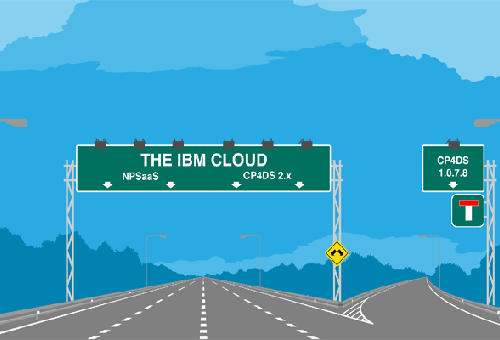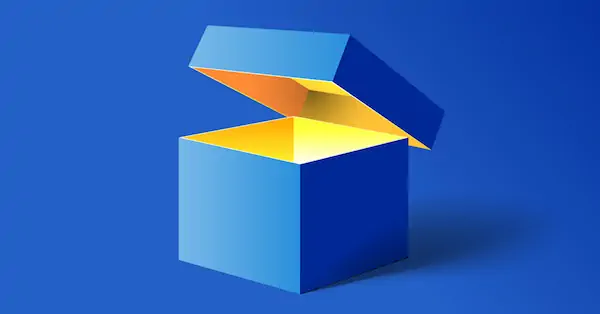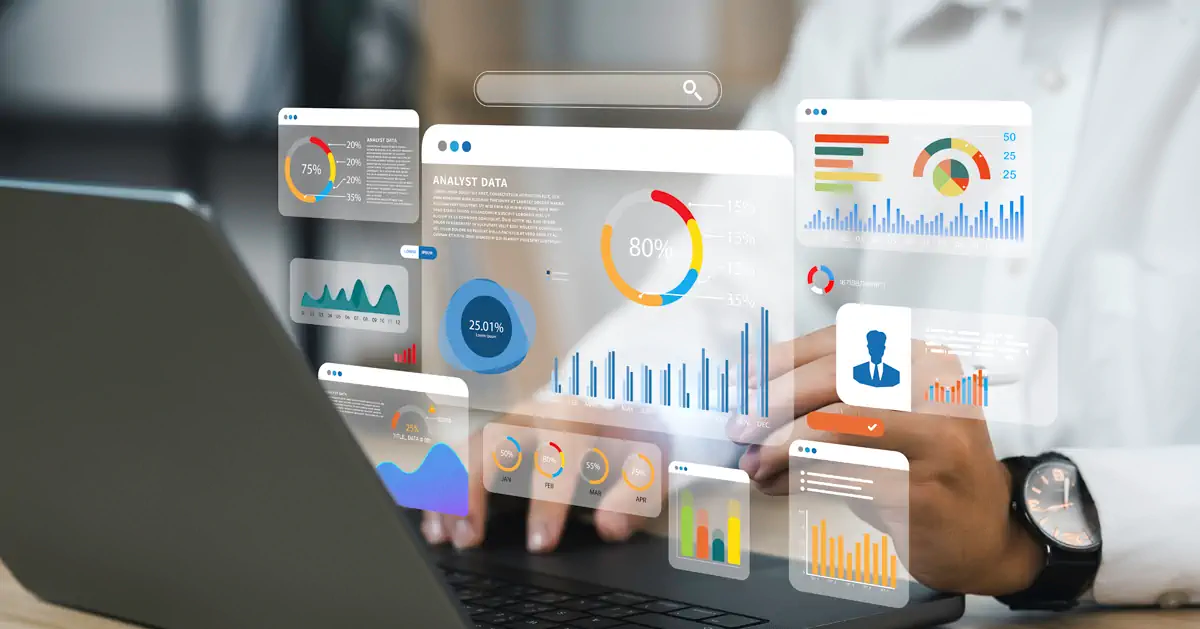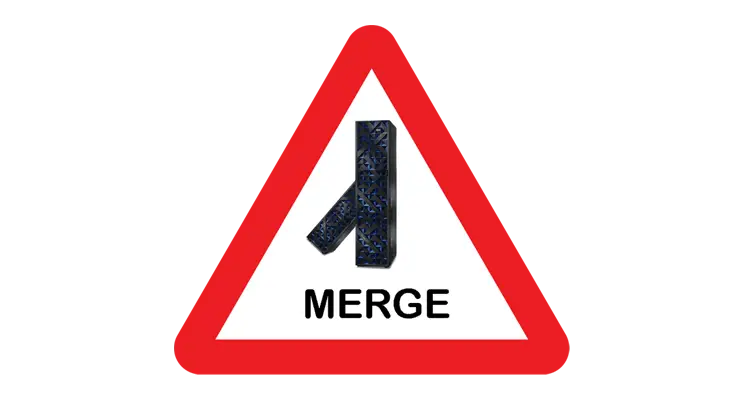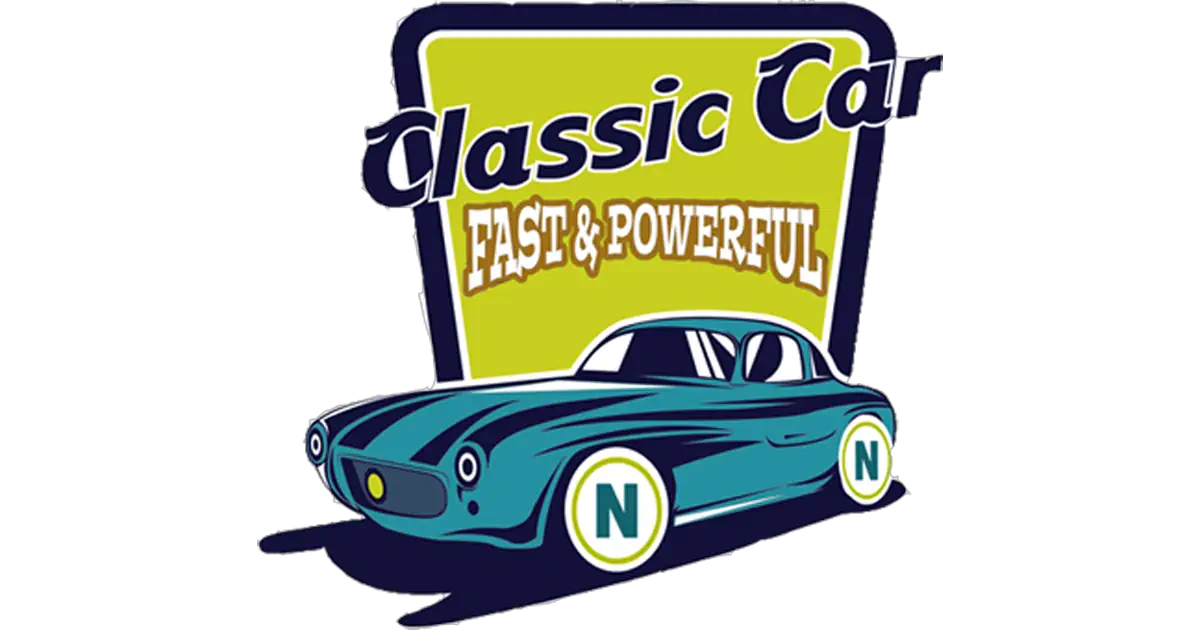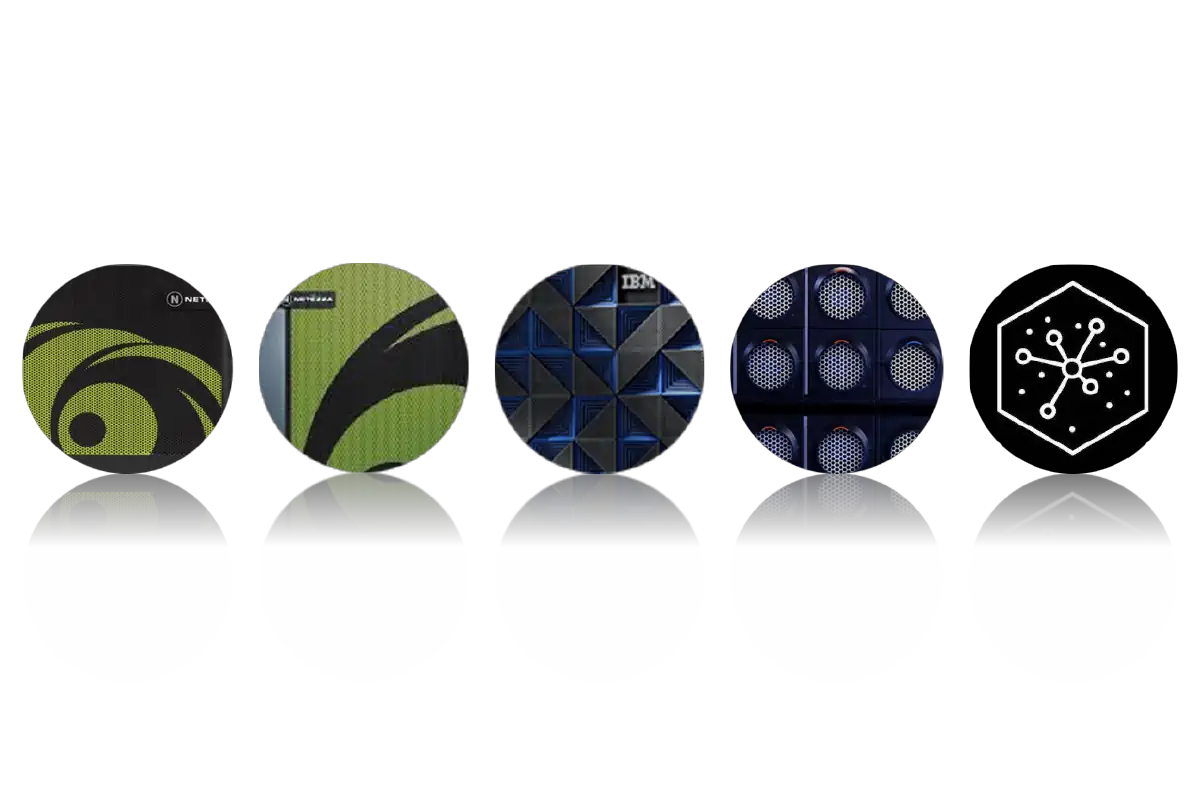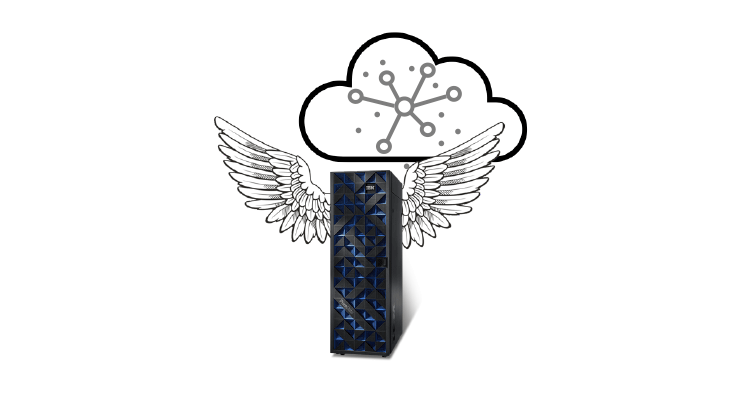There’s a sense of déjà-vu with the recent announcement of the release of Cloud Pak for Data System (CP4DS) 1.0.7.8 (a.k.a Hammerhead). It has all the signs of a capitulation on the part of IBM to customers who want to continue with the idea of Netezza being a stand-alone appliance, and not have to share CPU resources with other components in a hyperconverged architecture.
These include some Netezza customers, no doubt, who groaned when IBM ended production of the Netezza appliance back in 2019 but whose spirits were lifted when Netezza Performance Server was relaunched in 2020, this time with a whole new architecture. The original Netezza engine was ported to, rather than redesigned for, Cloud Pak for Data, giving customers the option to run their Netezza platform on-premises or in the cloud either as a transition to a full cloud solution, or as a hybrid one. IBM, along with most data warehousing vendors and independent industry experts, believe that data warehousing will eventually end up totally in the cloud. Towards that goal, only recently IBM joined Amazon, Google, Microsoft and Snowflake in offering a Cloud EDW by announcing the general availability of Netezza Performance Server as-a-Service on Microsoft Azure.
The reality, though, is that according to IBM, 80% of their existing CP4D system clients are running NPS-only workloads and most new CP4D system clients are opting to do the same. So, state-of-the-art as the containerized / hybrid cloud architecture may be, it’s ahead of its time and too resource hungry for the majority of Netezza clients.
Why release Hammerhead / CP4DS v1.0.7.8?
IBM’s “cloud in a box” CP4D system is about to be upgraded to version 2.x, which runs on OpenShift Container Platform (OCP) version 4 and Red Hat version 8. This upgrade is deemed necessary because CP4DS version 1.x runs on OCP v3 and Red Hat version 7, both of which are about to go out of full support.
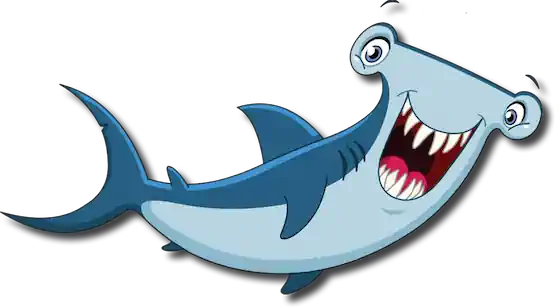
Furthermore, OCP 4.x runs Podman containers rather than Docker containers, which are native to OpenShift. So, this is quite a big upgrade, taking at least 2 days, and because an increased number of Virtual Processor Cores (VPCs) are required for system usage, customers must add more VPCs or experience a poorer performance. There is also the requirement to do a full data migration for the upgrade.
NPS-only workloads, however, have no requirement for OCP, which runs in the background, competing for CPU resources. Customers running NPS-only workloads typically don’t have OpenShift skills in-house and there has been growing unease that frequent updates of the system for OCP/CP4D services may cause unacceptable disruption, not to mention another data migration. And to what purpose?
What’s new in CP4DS 1.0.7.8?
In a nutshell, CP4D and Netezza Performance Server are going their separate ways. Hammerhead will no longer have an OpenShift layer and thus won’t support any CP4D workloads. It’s described as an upgrade, but all IBM has done really is to disable a load of features, so it’s more like day surgery.
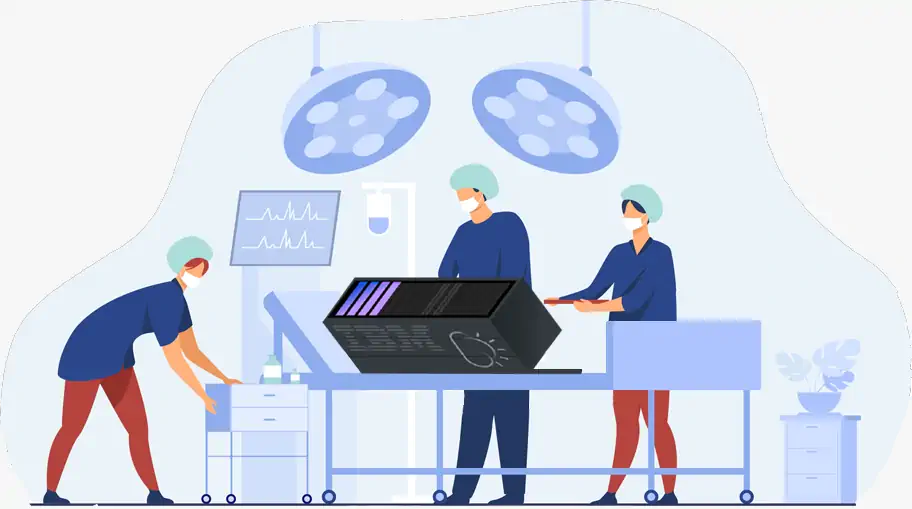
The main changes are:
- Red Hat OpenShift is removed completely as it reaches end of support on 30th June 2022
- All virtual machines that were running on the system are deactivated and must not be reactivated as this will cause the system to become unstable
- Cloud Pak for Data is disabled
- The system web console is no longer available. The command line has to be used to monitor the system hardware and software and resource usage
- Portworx storage is no longer available
Whilst Hammerhead allows NPS customers running CP4DS v1x to avoid the disruptions associated with the frequent upgrades to OCP and CP4D, it comes with a big drawback. Hammerhead customers will be locked into a version of CP4DS that currently has a tested migration path to CP4DS 2.x but this cannot be guaranteed by IBM in the long term given that IBM’s strategic direction lies with OpenShift and its Integrated Cloud Platform. We predict that it in a matter of a couple of years, Hammerhead customers will be in the same position that Mako customers are in today by having no choice but to do a costly, time-consuming migration to a new CP4D system because Hammerhead will reach official end of support by IBM.
This poses a dilemma for customers who are still running older versions of Netezza, such as the TwinFin N1001-##, Striper N2001-## and Mako N3001-## systems. What is the point of migrating to CP4DS 1.0.7.8, which entails installing new hardware and undertaking a full data migration, if it only has a shelf-life of a couple of years? Arguably, you may as well keep running your existing system under an afterlife support agreement and eventually perform the inevitable migration to CP4DS 2.x or above or go full cloud with NPS as-a-service if your long-term strategy is to continue using Netezza.
Whatever you decide to do, you’re going to want to manage your risk and retain control of your time frame for migrating to a new platform. You can extend the life of your existing appliance, in which case please check out our very competitive Netezza Support Plus. Moreover, to avoid the inevitable full data migration with a lengthy system outage, please consider our Smart Database Replication Netezza database replication as a service, which supports all versions of Netezza including Hammerhead.
If you want to migrate off Netezza to a completely different architecture, read more about our automated database migration offering Smart Data Frameworks.
To discuss any of these options, feel free to contact us here.

